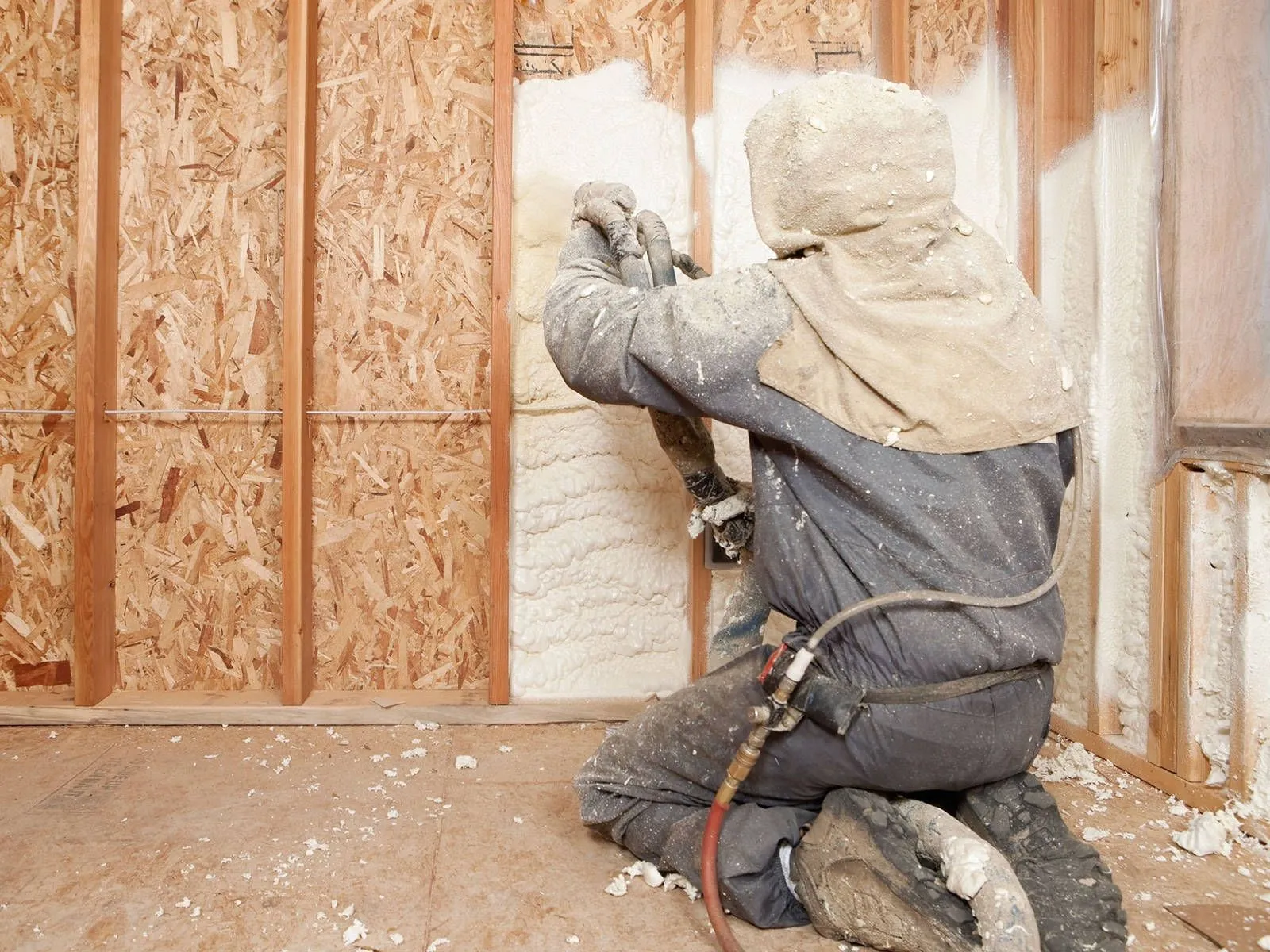
Spray foam insulation is widely used for its energy efficiency, air-sealing capabilities, and durability. Whether applied in residential or commercial settings, it creates a seamless thermal barrier that improves indoor comfort. Many homeowners and contractors wonder if it is possible to paint over spray foam insulation to improve aesthetics or enhance surface protection. The short answer is yes, but specific factors must be considered to ensure a successful application.
Spray foam insulation comes in two primary forms:
Understanding these differences helps determine the right approach when applying paint.
Proper preparation is essential to achieve a smooth, long-lasting finish. Follow these steps to ensure paint adheres effectively:
Spray foam expands and hardens after application, but curing time varies. Open-cell foam typically cures within 24 hours, while closed-cell foam may take up to 48 hours. Painting too soon can lead to adhesion problems and compromised insulation performance.
Once the foam has cured, use a utility knife or foam saw to remove any uneven or protruding areas. This step is particularly important for surfaces where appearance matters.
For a smoother finish, lightly sand the foam using fine-grit sandpaper. This step enhances paint adhesion by creating a slightly rough texture.
Dust and debris can interfere with paint adhesion. Use a dry cloth or compressed air to remove loose particles before applying primer.
Not all paints adhere well to spray foam insulation. Selecting the appropriate type ensures durability and prevents issues like cracking or peeling.
To achieve an even, professional-looking finish, follow these recommended painting methods:
For optimal results, apply primer before painting, especially on closed-cell foam, as it improves paint adhesion and durability.
When done correctly, painting does not compromise the insulating properties of spray foam. However, improper application can lead to issues:
To maintain insulation effectiveness, choose breathable paints and avoid over-application.
Painting spray foam can offer additional benefits beyond aesthetics:
These functional advantages make painting a practical choice for many insulation projects.
While DIY painting is possible, hiring a professional ensures quality results, especially for large-scale projects or intricate surfaces. Professional painters understand the nuances of spray foam and use specialized techniques to achieve a durable finish.
For expert recommendations on painting spray foam insulation or professional insulation services, contact iDAFOAM at (208) 806-3242 or email [email protected]. Our team is ready to assist with your insulation needs.
No, it must fully cure before painting. Depending on the type, this can take 24–48 hours.
Acrylic latex and water-based paints are best. Avoid oil-based and solvent-based paints.
No, if applied correctly. Using breathable paint prevents moisture buildup in open-cell foam.
Using a primer improves adhesion, especially for closed-cell foam. A water-based primer is recommended.
Yes, UV-resistant paints help protect foam insulation from sun damage.
A spray gun provides the best finish, but a brush or roller works for smaller areas.
Yes, fire-resistant coatings are available and can enhance safety compliance.
Apply thin, even coats and allow sufficient drying time between layers.
For larger or complex projects, hiring a professional ensures quality results and longevity.
No, traditional stains do not adhere well to foam. Paint is the preferred option for coverage and durability.